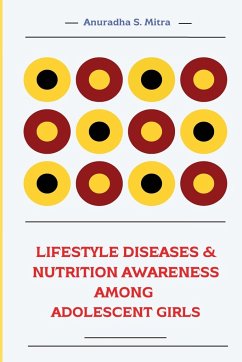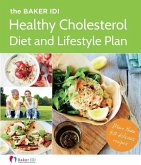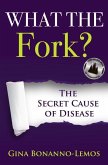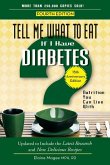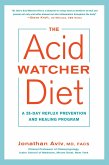Adolescence is a crucial period for attainment of growth, maturity, productivity and health. The prevalence of non-communicable diseases has increased globally at an alarming rate even amongst adolescents. The impetus is given by unhealthy eating habits, lowered physical activity and environmental factors. Along with lifestyle factors, religious and cultural factors influence dietary patterns of Indians to a great extent. Identifying the risk factors related to obesity and metabolic syndrome, is important as policy makers can initiate programmes aimed at checking this mega problem at an early stage. There is a paucity of data regarding nutritional assessment, prevalence of metabolic syndrome and nutrient intake in adolescents from different religious background in India.This book aims to assess the proneness of adolescent girls from different religious communities (Hindus, Muslims, Jains and Christians) to lifestyle diseases and find out the knowledge, attitude and practices of the participants with respect to diet, and lifestyle diseases.A cross sectional study was conducted in 1675 adolescent girls from 4 different religious backgrounds (mean age = 17.6±1.9 years.). Anthropometric measurements, body composition, nutritional status, nutritional awareness and dietary nutrient intake were assessed. Biochemical markers of metabolic syndrome i.e. random blood sugar and lipid profile were assessed among the selected sub-sample of participants.Christians were the tallest and weighed the most whereas Muslims were shortest and thinnest. Central obesity was more prevalent among Hindus followed by Jains and Christians. Significantly high total body fat, trunk fat, visceral fat and metabolic age were observed among the Jain participants. Muslim girls were more undernourished than the other groups.Higher percentage of Jains had hypertension followed by Christians, Hindus and Muslims. Weight, body mass index and body fat percentages were significantly correlated with other anthropometric parameters in all religions. Higher percentage of Muslims, Jains and Christians followed various religious tenets of their respective religions as compared to Hindus.Among the 4 religions, dietary energy and nutrient intake of Muslims was the lowest. Whereas highest energy, carbohydrates, proteins, calcium and iron intake was observed among Christians whereas highest fat intake was in Jains. There was a significant difference in the actual nutrient intake of the participants when classified according to religion (p<0.05). Almost 41% energy intake was obtained from fats. Tendency of skipping meals and consumption of energy dense fast foods and aerated beverages was observed in a maximum number of participants.Unhealthy body composition i.e. high body fat and low body muscle was observed among participants of the present study. Overweight was more prevalent than obesity. Although majority of the participants showed normal biochemical parameters, mild trends of dyslipidaemia and high blood pressure were also noticed. Thus, it may be concluded that lifestyle intervention is necessary to slow down the progression of chronic degenerative or non-communicable diseases among youth and hence, nutrition education along with appropriate communication for behaviour change has become the need of the hour.

